This Friday visit the Native Village of Tyonek, located on the west side of the Cook Inlet near Anchorage, Alaska. Because no roads connect the village to the rest of Alaska, Tyonek is accessible only by small plane or boat, making food security a paramount concern for local residents.
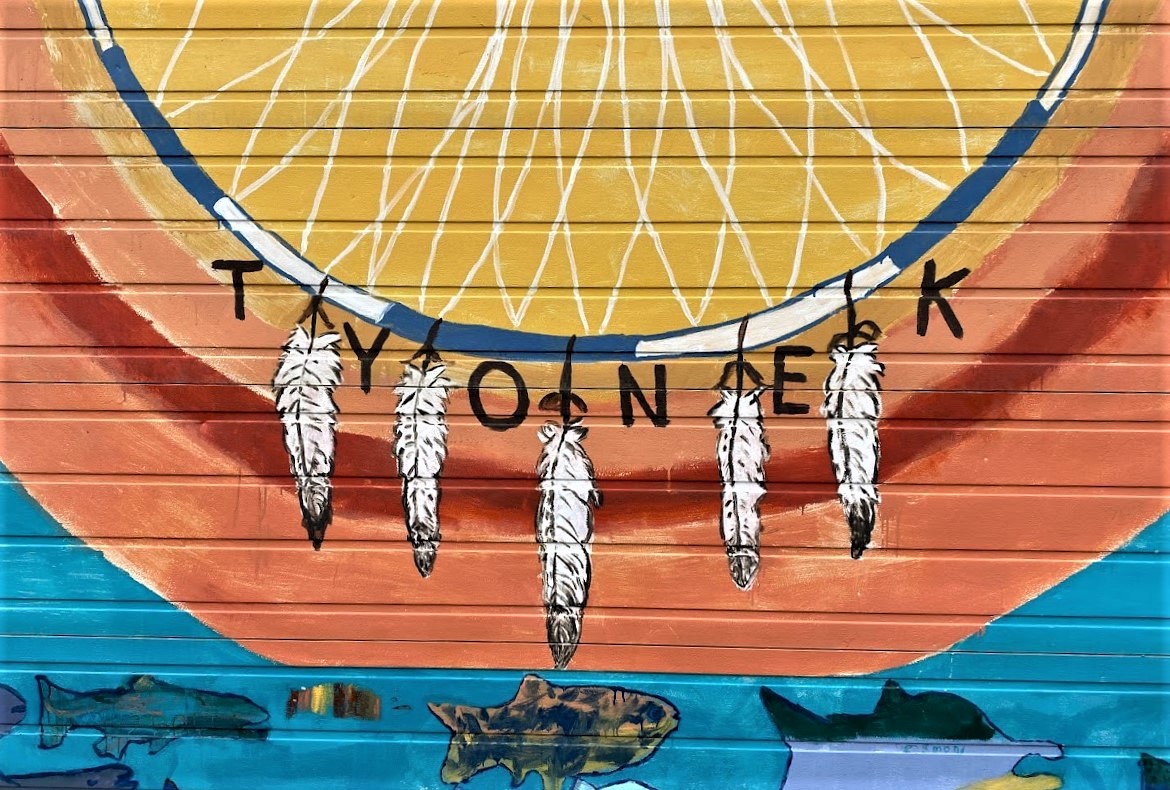
Like Tyonek, hundreds of rural Alaska Native villages located off the road system depend on subsistence activities such as hunting, fishing and berry picking for their primary food sources. Community gardens supplement local food supply. The rest of their food is either barged or flown in at a high shipping cost.
Tyonek Community Garden
Tyonek established a community garden in 2012, which is managed by Tyonek Tribal Conservation District (TTCD). The district was established in 2005 as the state’s first tribal conservation district. Since then, it has increased staffing and capacity to perform conservation projects that support their mission. They are a key tribal partner with USDA’s Natural Resources Conservation Service (NRCS) in voluntary conservation projects on private lands.
The district partnered with NRCS to install two seasonal high tunnels using Environmental Quality Incentives Program (EQIP) funds and have incorporated cover crops into the operation through the Conservation Stewardship Program.
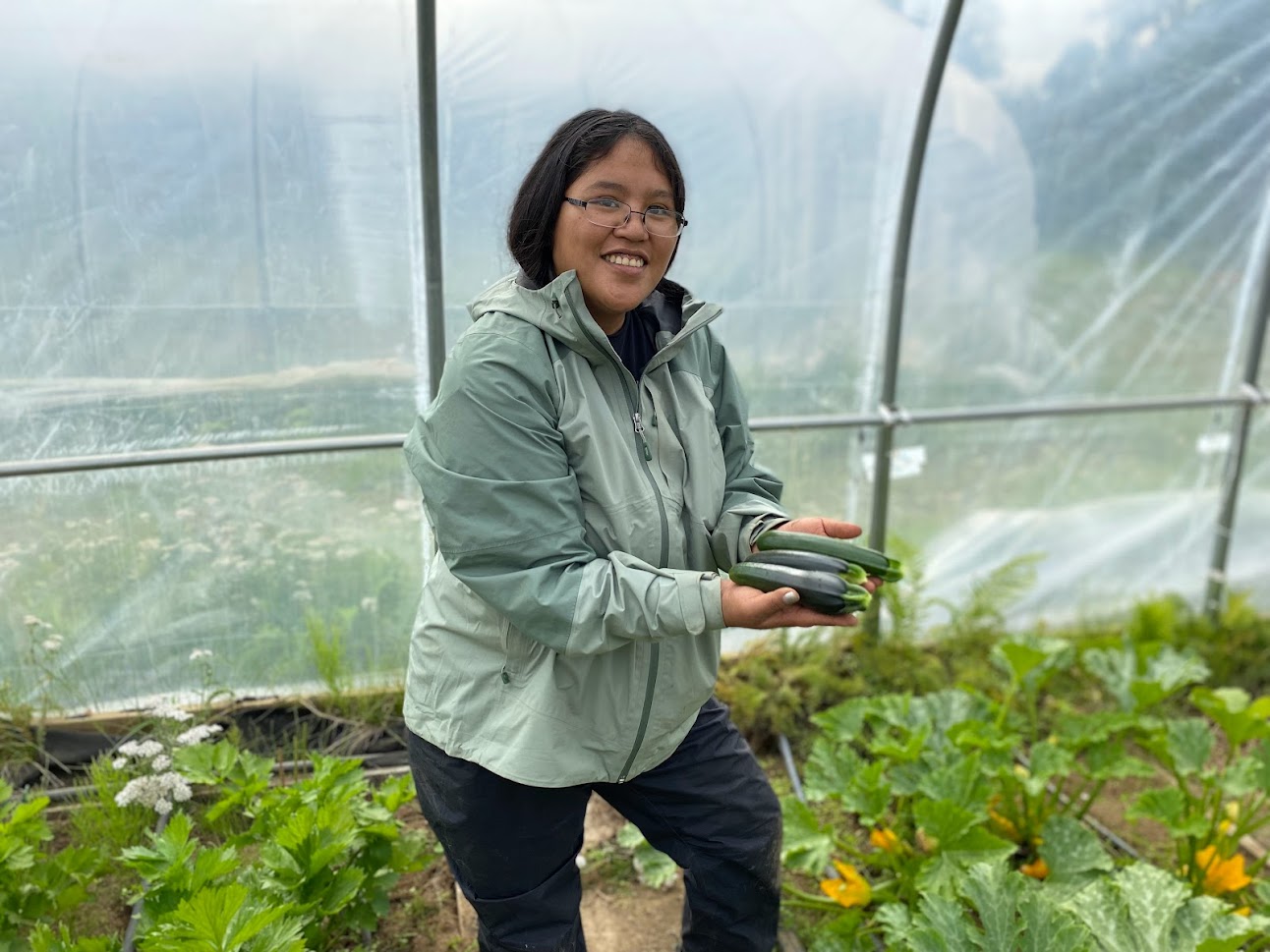
Tonya Kaloa manages the garden and coordinates involvement from local youth to keep things running smoothly.
"In our high tunnels we grow things like tomatoes, zucchini, celery, cucumbers and onions," Tonya said. "It’s been very beneficial for our community to have fresh, local vegetables grown here, and having youth involvement helps spread that community growth and encourages adults to get involved, too."
Tonya’s great grandmother used to garden in the early 1920s.
"It really blows my mind to think how far Tyonek has come and the comparisons between how Tyonek is growing our food now and how we have done it in the past,” Tonya said. “Having that history in my family of gardening gives me pride in knowing that I’m providing food to Tyonek like what my grandmother did in the past. My family has done it for generations. We have the strength to grow our own food for our community in times of need."
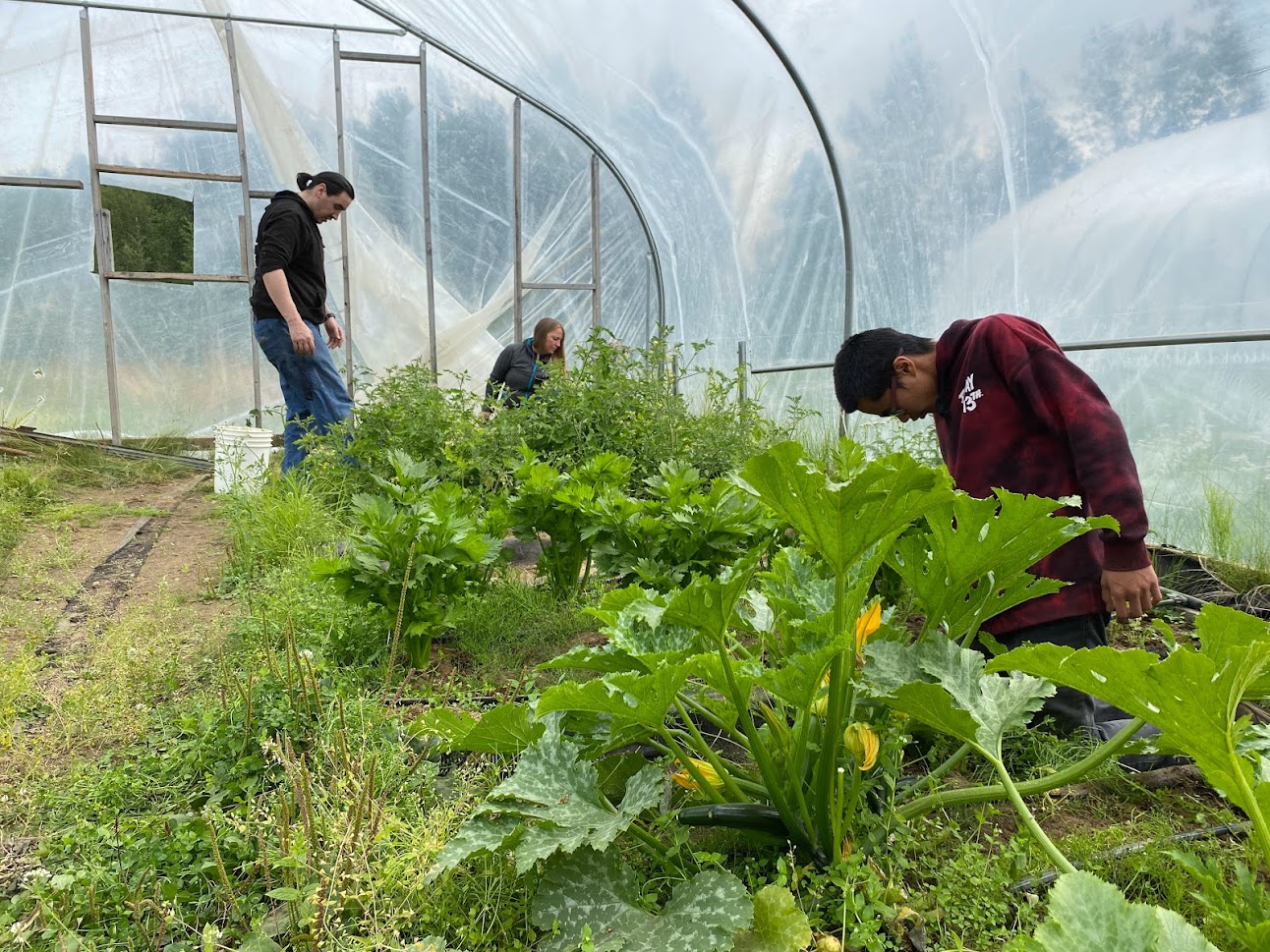
Sustaining Salmon Habitat
When the Tyonek road system was built in the 1960s, many of the culverts installed under roads to sustain salmon habitat were improperly sized and poorly engineered. The problem grew worse as high-water clogged culverts with debris and blow out. It negatively affected community salmon populations that could no longer access historical spawning habitat.
Salmon and other anadromous species are born in fresh water and spend their early years living in freshwater systems; then they migrate to the ocean spending their adult lives in salt water. Toward the end of their lifecycle, they journey hundreds of miles back to the unique freshwater habitat where they were born to spawn and then die.
To keep this critical lifecycle intact, salmon need unobstructed access to their freshwater spawning grounds. Lack of access to historical spawning and rearing habitat has negatively affected salmon in and around Tyonek. The streams in Tyonek are home to all five species of Pacific salmon: chum, pinks, coho, sockeye and kings.
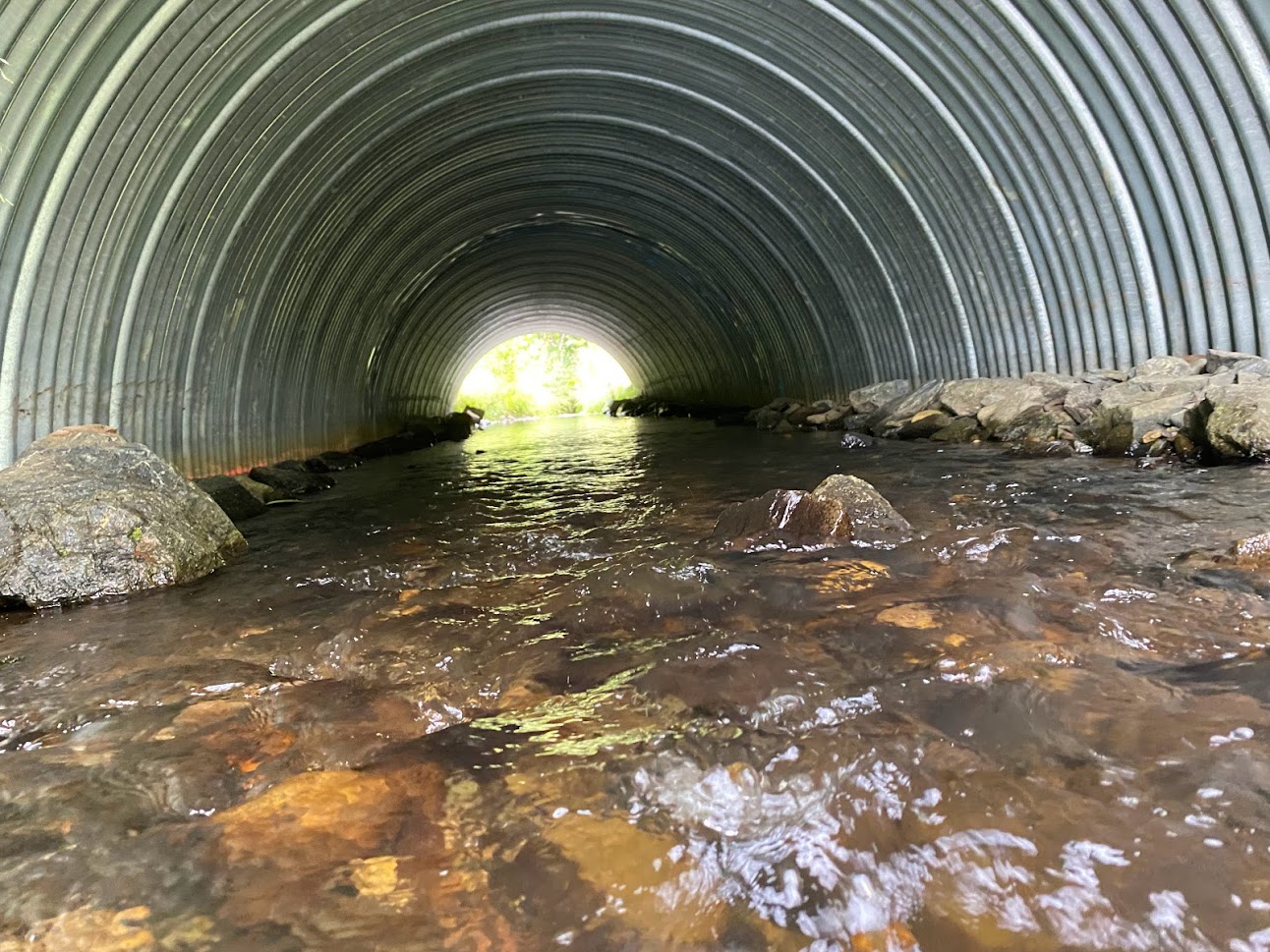
Removing Barriers
The TTCD made fish passage a priority and forged strong partnerships with state and federal agencies to obtain technical and financial assistance to repair or replace culverts.
“Our goals are to support the community to maintain salmon habitat and food security,” said Laurie Stuart, TTCD executive director. “Salmon is a primary food source, so we focus on conservation practices that enhance salmon habitat and improve access to subsistence resources in our community.”
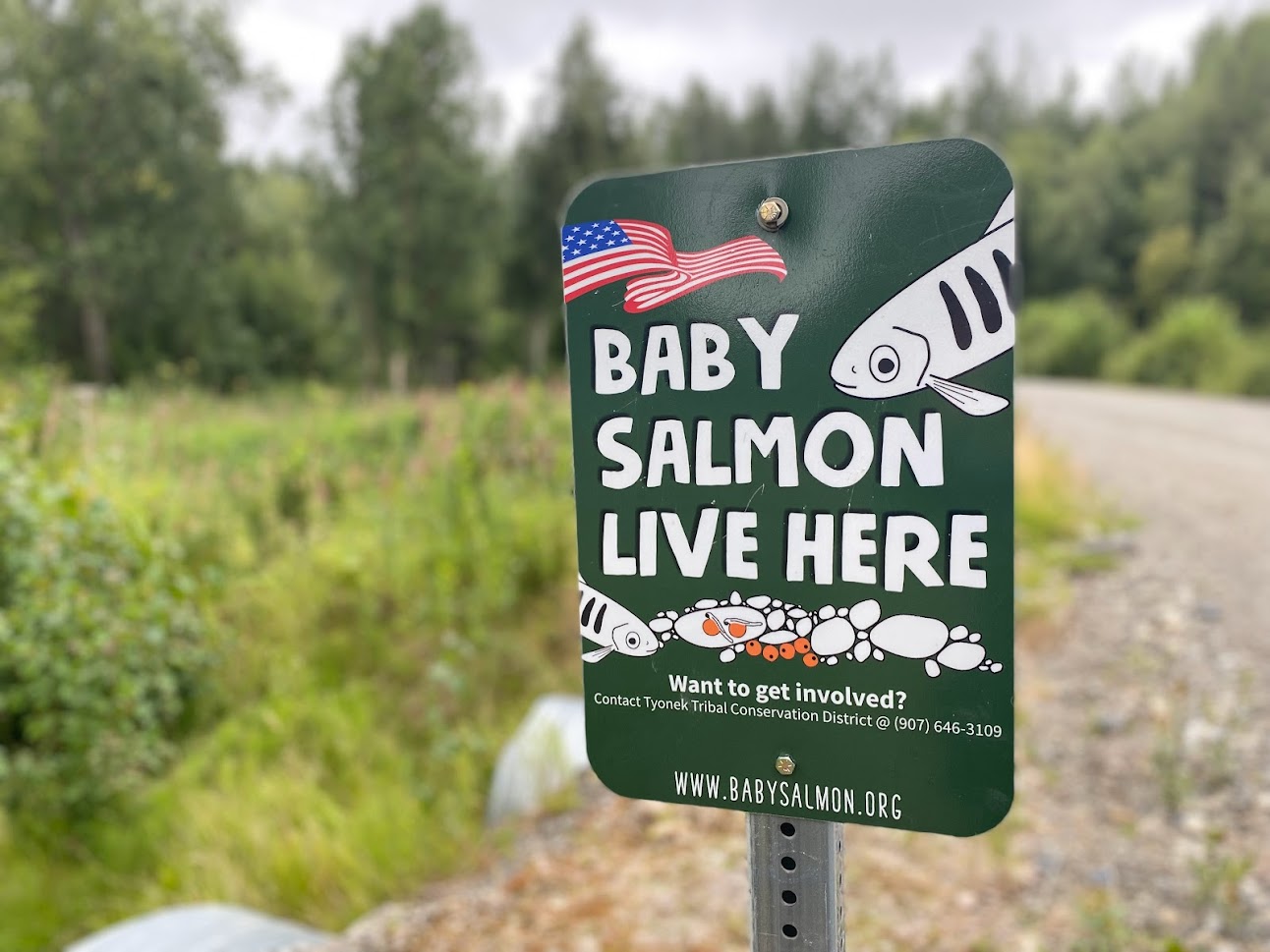
TTCD, Tyonek Native Corporation, NRCS, U.S. Fish and Wildlife Service, and Alaska Department of Fish and Game cooperate to assess all stream crossings, prioritize replacement projects, and eventually remove all known fish barriers within the district. Each agency provides different technical assistance and financial assistance.
With NRCS assistance, TTCD has replaced 12 culverts with EQIP since 2012, restoring about 46 miles of stream habitat. The new culverts opened more habitat for salmon to access their spawning grounds. Staff saw an increase in juvenile salmonids upstream of several culvert replacements.
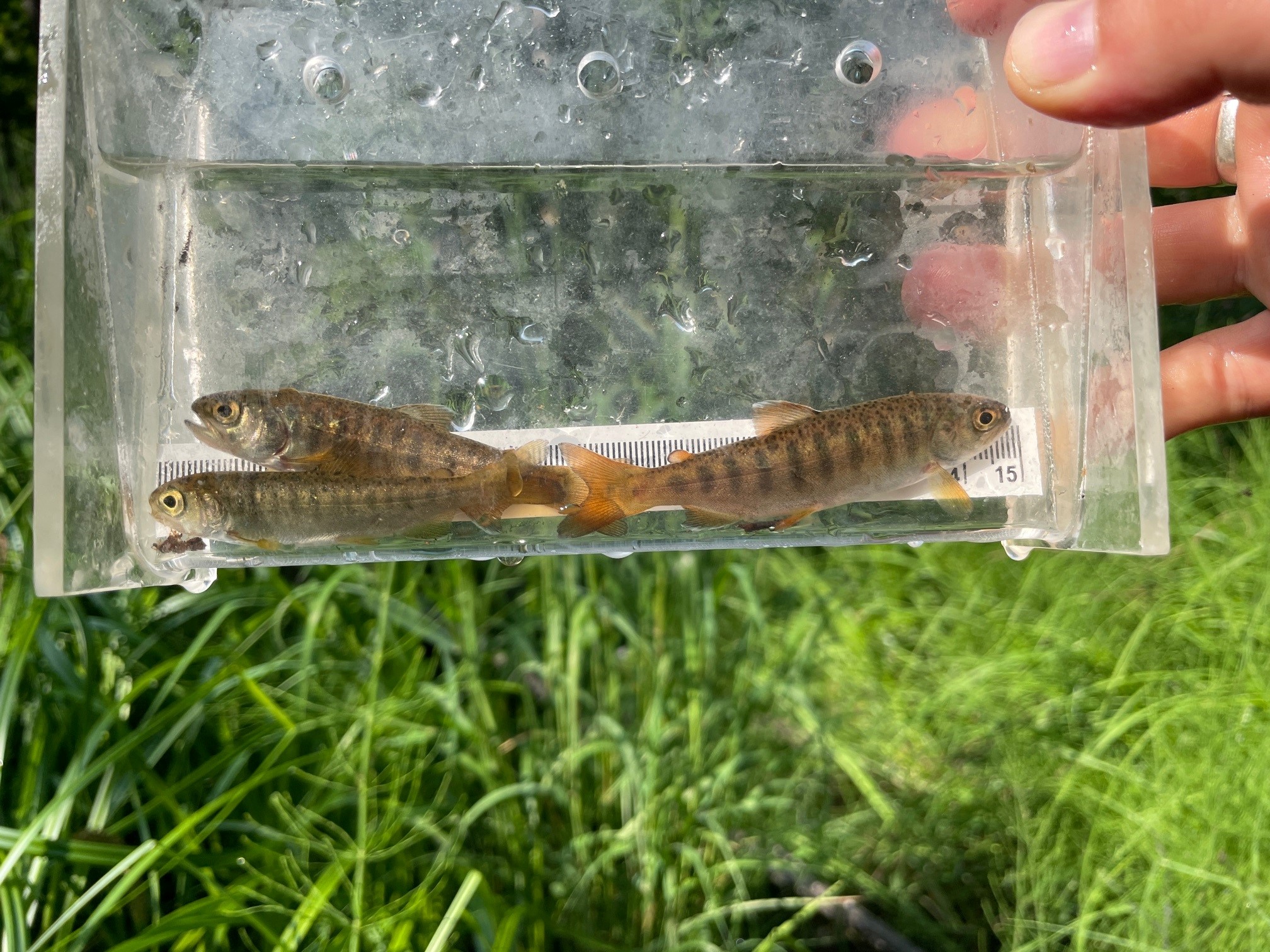
“NRCS has been a great partner. They help us prioritize practices and they help us along every step of the way, engineering design, technical assistance, and financial assistance. We have an ongoing, engaging relationship with NRCS that we are very grateful for,” Laurie said.
More Information
Visit local farms, ranches, forests, and resource areas through our Fridays on the Farm stories. Meet farmers, producers, and landowners who are working to improve their operations with USDA programs.
USDA offers a variety of risk management, disaster assistance, loan, and conservation programs to help producers weather ups and downs in the market and recover from natural disasters as well as invest in improvements to their operations. Learn about additional programs.
For more information about USDA programs and services, contact your local USDA service center.
Tracy Robillard is the public affairs specialist for NRCS in Alaska.


